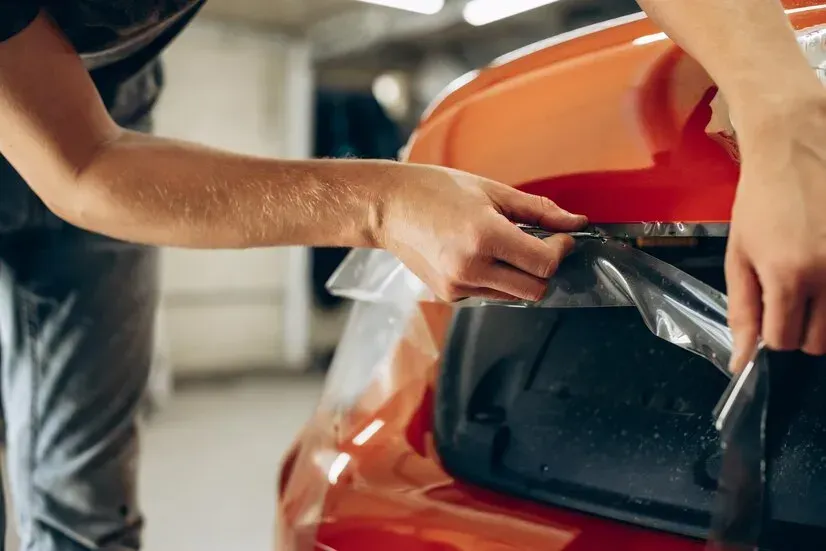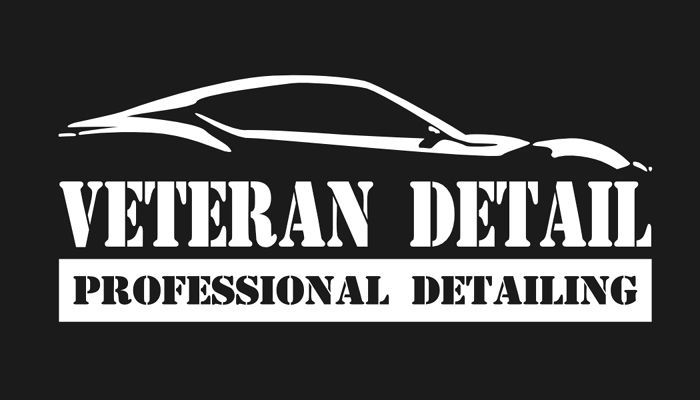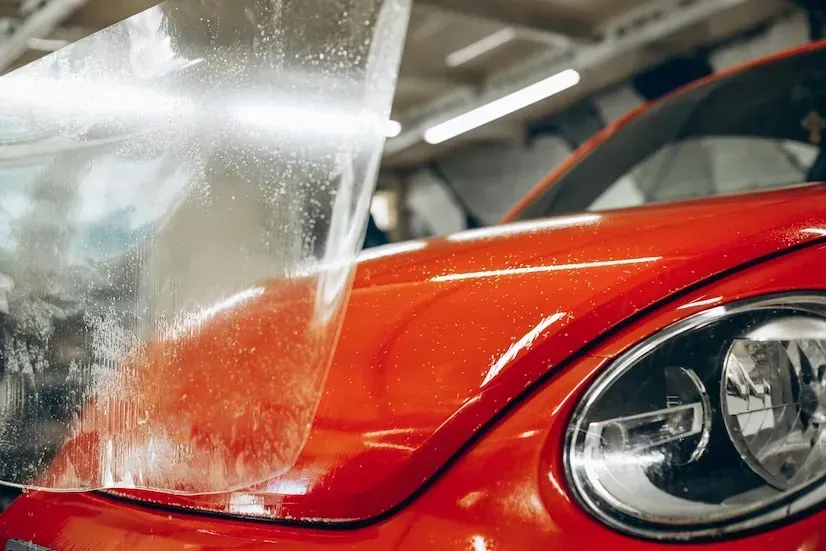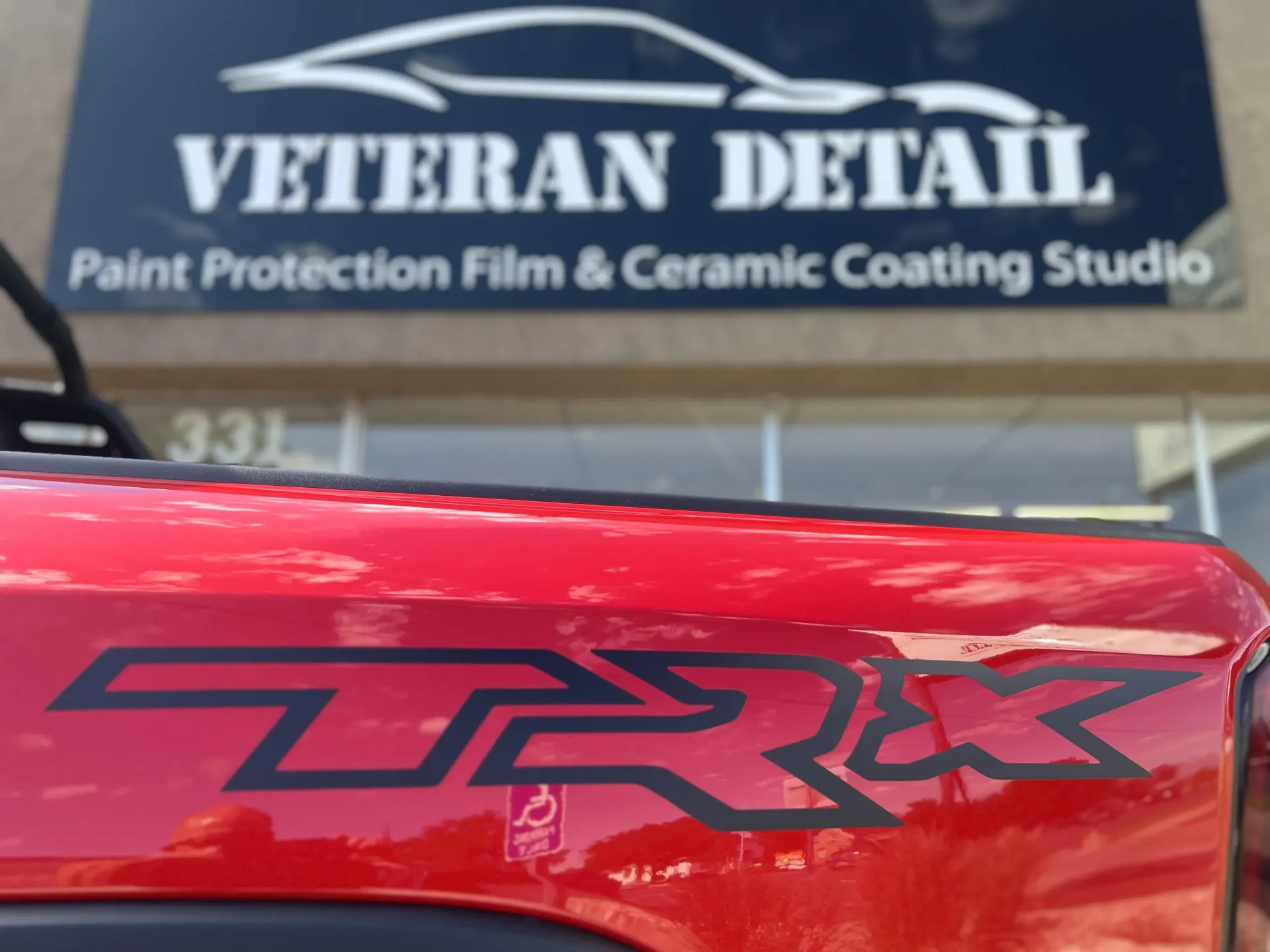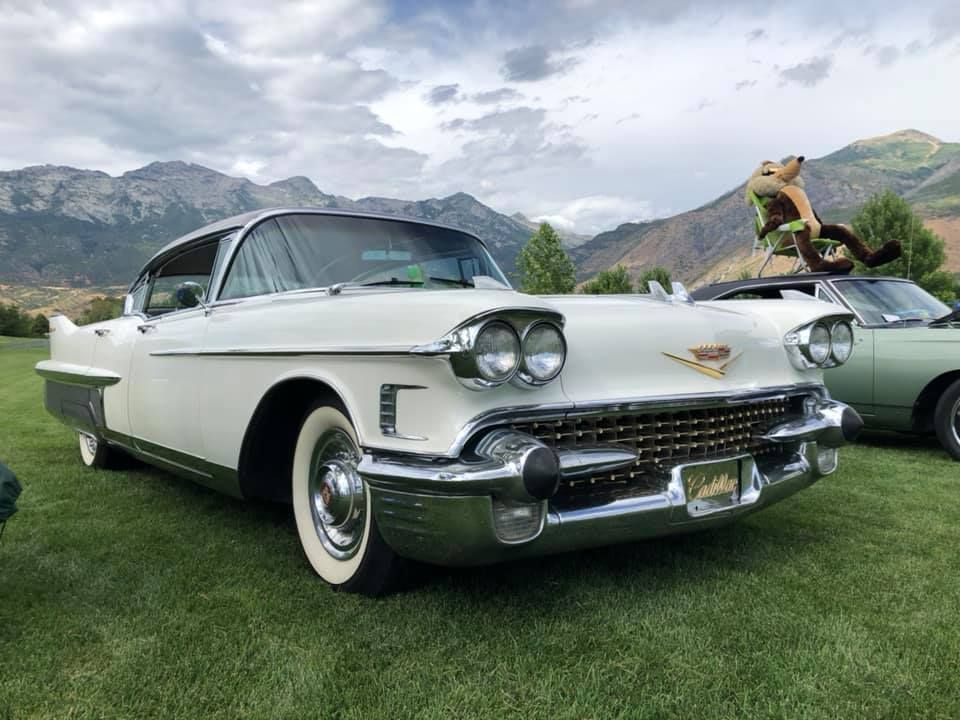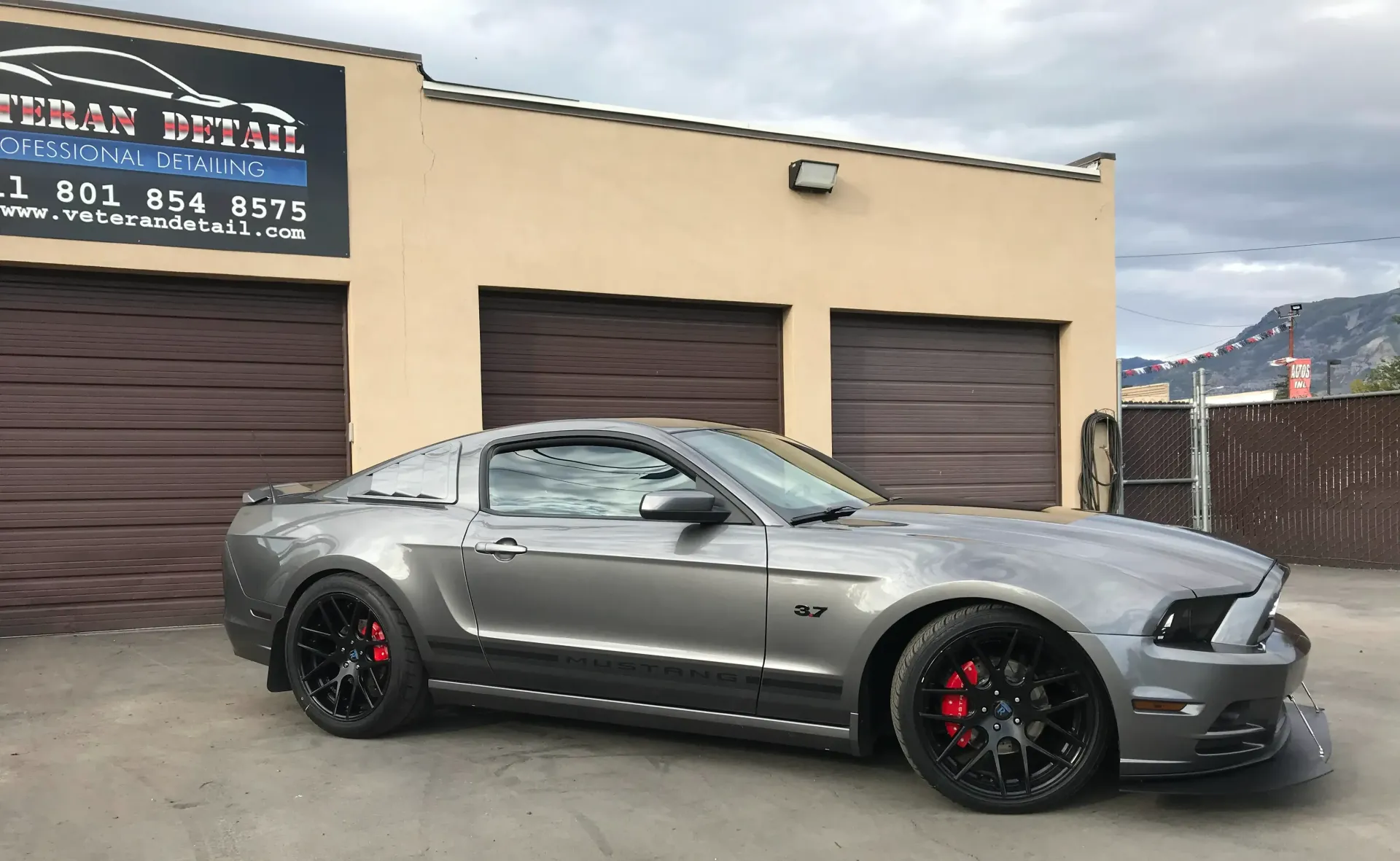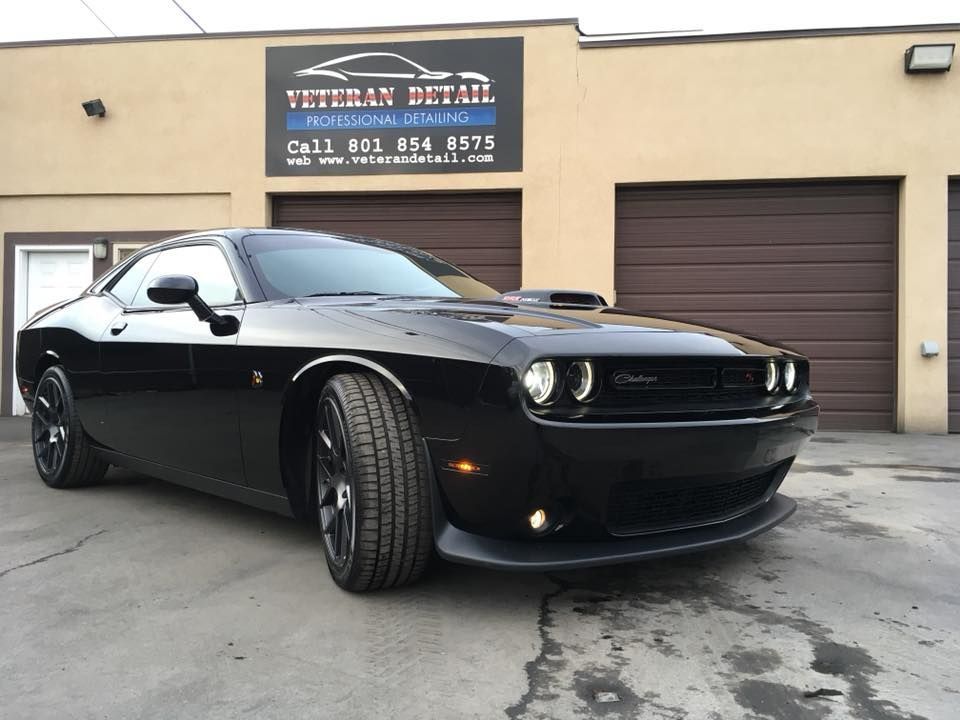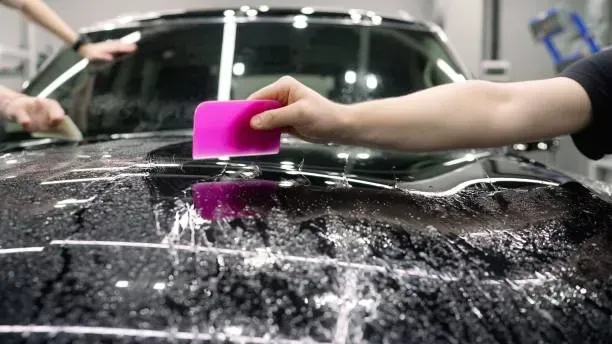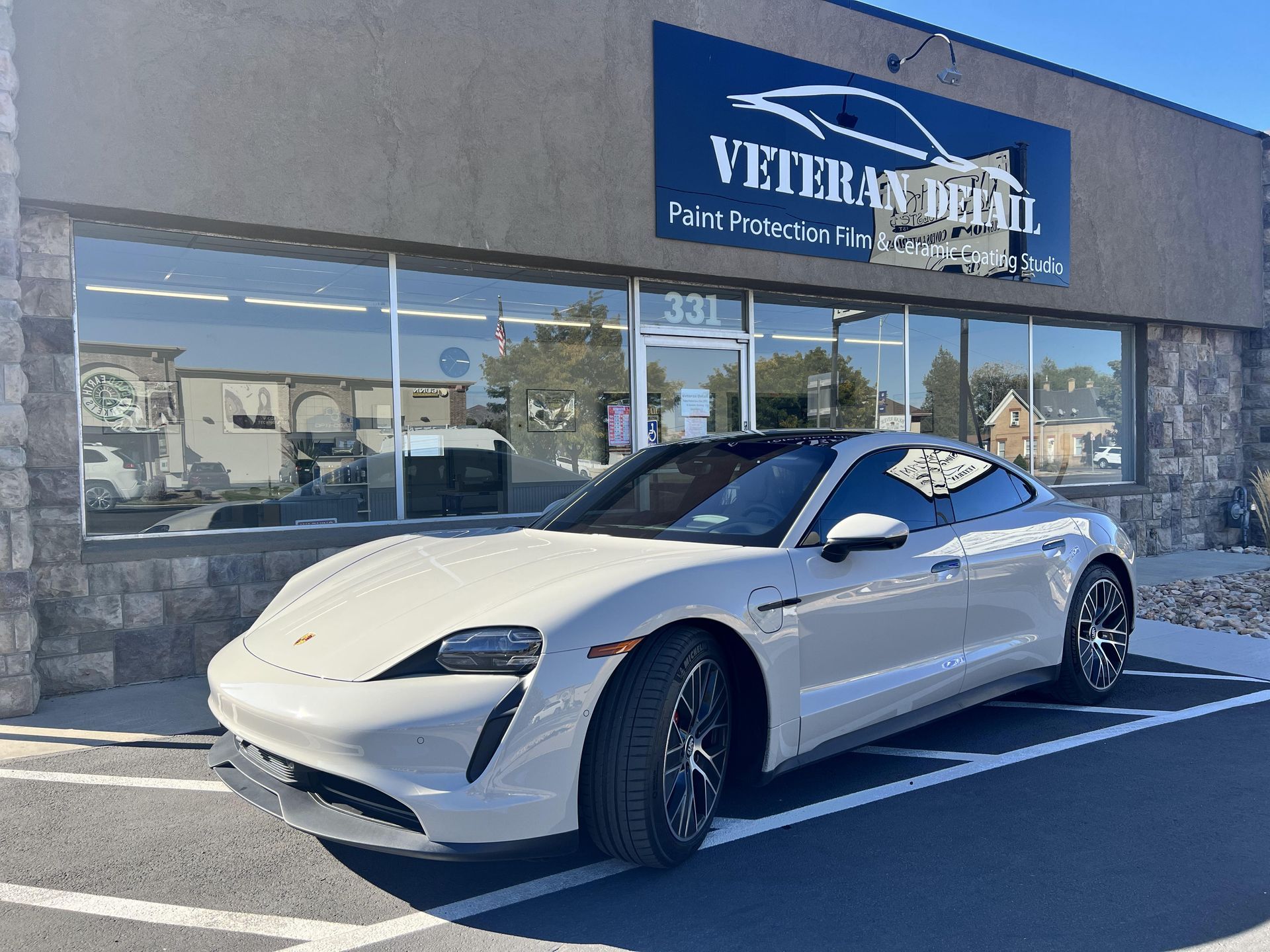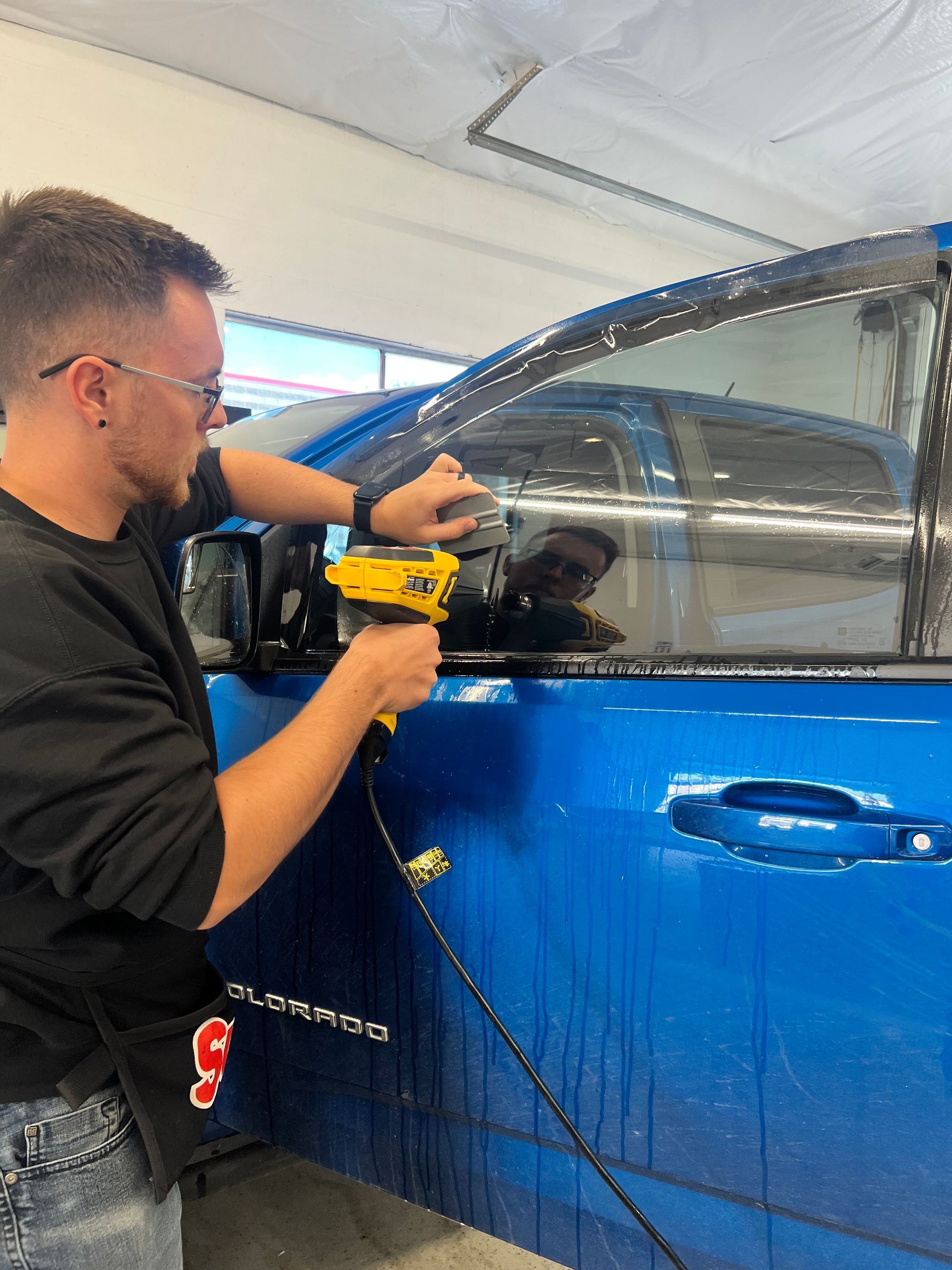Myths Busted: Common Misconceptions About Ceramic Coating
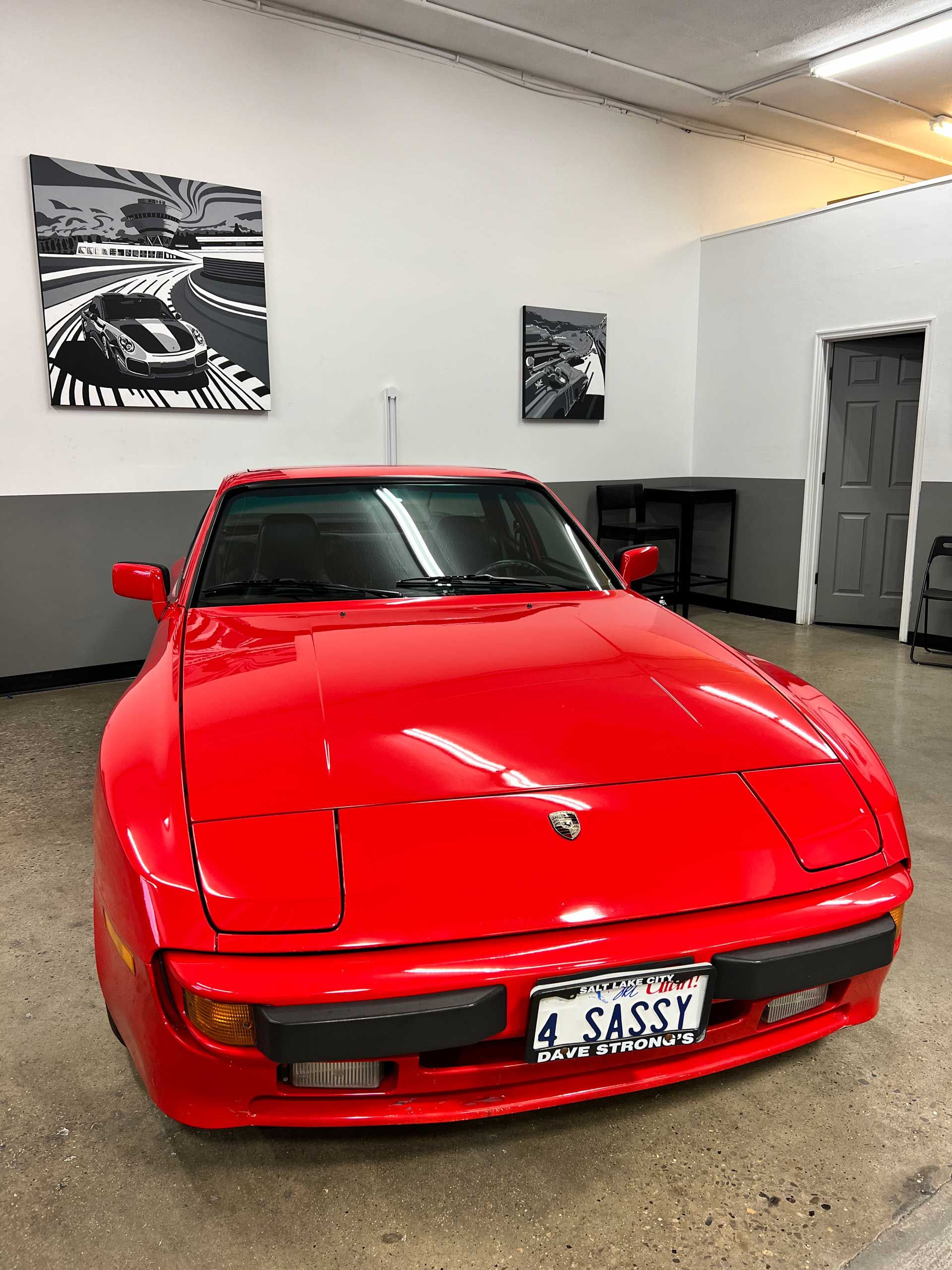
In the ever-evolving world of automotive care, ceramic coating has emerged as a frontline defense for preserving the paint and shine of vehicles. Despite its popularity, a cloud of myths and misconceptions surrounds its true capabilities and benefits. This blog aims to shed light on these misunderstandings, providing car owners with the clarity they need to make informed decisions about protecting their vehicles.
Misconception 1: Ceramic Coating is Scratch-Proof
A prevalent myth in the car care community is that ceramic coating turns your vehicle into an impenetrable fortress against scratches. Let's set the record straight: ceramic coating adds a protective layer to your car's paint, significantly enhancing its resistance to minor abrasions and swirl marks. However, it's not a magic shield. Severe impacts, like those from road debris or improper washing techniques, can still leave their mark.
The truth lies in the coating's ability to provide a harder surface, which does mitigate some damage that would otherwise directly affect the paint. It's about enhancement, not invincibility. To maintain this level of protection, regular care and cautious washing are recommended.
Misconception 2: Ceramic Coating Eliminates the Need for Washing
The myth that ceramic coating means you can skip the car wash has been circling around for a while. It's crucial to understand that while ceramic coating does make cleaning your car easier, it doesn't eliminate the need for it. Yes, your vehicle will repel water and dirt more effectively, making those dreaded cleaning sessions less frequent and less laborious. However, this doesn't mean that dust, grime, and bird droppings will magically disappear.
Regular washing is still a must to ensure your car's coating maintains its protective qualities and shine. In short, ceramic coating is like a performance boost for your vehicle's cleanliness regime, not a get-out-of-car-wash-free card.
Misconception 3: Ceramic Coating Lasts Forever
There's a bit of a tall tale out there suggesting that once you've got your car coated in ceramic, it's protected for life. Let's bust that myth: ceramic coatings are tough, no doubt. They shield your paint from a lot of environmental nasties and wear and tear. But "forever"? That's pushing it. Realistically, you're looking at a protection span that ranges from two to five years, not eternity.
A lot depends on the product quality, how you treat your car, and what it's exposed to on the daily. Sun beating down on it day in, day out, regular washes, the environment it's parked in—all these factors can either shorten or extend the life of your ceramic coat. So, yes, ceramic coating offers your car a solid layer of armor, but it's armor that needs checking and possibly redoing down the line.
Misconception 4: Ceramic Coating is Easily Applied at Home
There's a growing DIY trend that suggests slapping a ceramic coat on your ride is as easy as pie. Not quite. Yes, there are kits out there marketed towards the weekend warrior, but there's more to it than just wiping on a solution. Professional application makes a world of difference because it's not just about the product; it's about the prep work, the environment, and the technique.
Applying ceramic coating requires a clean, controlled environment to avoid contamination, thorough prep work to ensure the paint surface is flawless, and precise application to achieve a uniform layer. Miss a spot, and you could end up with uneven protection. Do it in a dusty garage, and you might trap particles under the coating. It's a task that benefits from professional skill and equipment for results that last and protect as promised.
Misconception 5: Ceramic Coatings Can Repair Existing Paint Damage
A widespread misunderstanding is that applying a ceramic coating to your vehicle will fix any existing paint damage. It's essential to clarify: ceramic coatings do not repair paint damage. Instead, they provide a protective layer that shields the paint from future wear and environmental factors. If your car has scratches, swirl marks, or other forms of paint damage, these imperfections need to be addressed before the ceramic coating is applied.
Professional detailers often perform paint correction processes to remove or significantly reduce these imperfections. Once the paint surface is as flawless as possible, the ceramic coating can then be applied to protect this pristine finish. It's about preservation, not correction. Investing in ceramic coating without addressing underlying paint issues is like putting a band-aid on a wound without cleaning it first.
Misconception 6: Ceramic Coating Provides Complete UV Protection
A common belief is that ceramic coatings offer a shield against all UV damage, ensuring the car's paint remains unaffected by the sun's harsh rays indefinitely. While ceramic coatings do offer UV protection, reducing the rate of oxidation and paint fading, they don't block all UV damage. Continuous exposure to direct sunlight over years can still degrade the coating's effectiveness and the paint beneath it. Regular maintenance and periodic reapplication can help preserve the coating's UV protective properties, extending the life of your car's aesthetic appeal.
Misconception 7: All Ceramic Coatings Are the Same
Let's cut through the noise: not all ceramic coatings are created equal. The market's bursting at the seams with options, and it's easy to fall into the trap of thinking one ceramic coat is just as good as another. Truth is, there's a wide gap between the many products out there. This gap covers everything from how long the coating lasts to how well it protects against the elements.
Quality matters. The composition of the ceramic coating, how concentrated its protective ingredients are, and the expertise behind its application can make or break its effectiveness. Opting for a high-quality service or product usually gives your vehicle a better level of protection, shine, and overall durability compared to grabbing a DIY kit off the shelf.
Misconception 8: Ceramic Coating is Only for Paint Protection
Many believe ceramic coatings are exclusively for safeguarding a car's paint, but their utility goes beyond just paint protection. Ceramic coatings can also be applied to wheels, glass, and even interior surfaces like leather and plastic panels. This versatility enhances not only the vehicle's exterior durability against scratches, dirt, and water but also protects interior components from UV damage, spills, and wear and tear.
Conclusion
Debunking these common misconceptions about ceramic coating clarifies its real value and limitations. Whether it's understanding that ceramic coatings aren't scratch-proof or recognizing their diverse applications beyond paint protection, it's essential to approach vehicle care with accurate information. Armed with these insights, car owners can make informed decisions about protecting their vehicles, ensuring longevity, and maintaining aesthetic appeal.
Call to Action
Ready to elevate your vehicle's protection and appearance? Veteran Detail offers a range of premier services including ceramic coating, paint protection film (PPF), car window tinting, interior cleaning, and exterior paint correction and enhancement. Serving areas like American Fork, Pleasant Grove, Orem, Provo, Alpine, Highland, Lehi, and Saratoga Springs, Veteran Detail is your go-to for expert care and service. Trust us to keep your car looking pristine and protected, no matter what the road throws your way. Contact Veteran Detail today and take the first step towards unparalleled vehicle care and protection.
Freqeuntly Asked Questions
Q: How long does ceramic coating last on my vehicle?
Ceramic coatings typically last between 2 to 5 years, depending on factors like the coating's quality, the car's usage, and maintenance habits. Regular upkeep can extend its effectiveness.
Q: Can ceramic coating be applied to old vehicles?
Absolutely! Older vehicles can benefit significantly from ceramic coating, especially after a thorough paint correction service to restore the paint's condition. It protects the paint, giving it a refreshed look and added durability.
Q: Does ceramic coating prevent all scratches and dents?
While ceramic coating significantly increases resistance to minor scratches and environmental contaminants, it's not completely impervious to all physical damage. It acts more as a protective barrier that makes your paint more resilient.
Q: Is there a difference between DIY and professional ceramic coating applications?
Yes, professional applications involve thorough preparation, including cleaning and possibly paint correction, ensuring the coating adheres properly and lasts longer. Professionals also have access to higher-quality materials not available for DIY applications.
Q: Can I still wash my car the usual way after ceramic coating is applied?
Yes, but it's recommended to use pH-neutral shampoos and avoid abrasive brushes to maintain the coating's integrity. Avoiding harsh chemicals and high-pressure washes directly on the coating can also prolong its life.
